 http://pharmablogue.com/wp-content/uploads/2014/06/78744811-590x310.jpg
http://pharmablogue.com/wp-content/uploads/2014/06/78744811-590x310.jpg
Health & Fitness
Nipple shield – does it really work?
Breastfeeding is a privileged bond created by a mother with her baby. However, some new mothers experience difficulties in the early stages of breastfeeding and many are hovering in doubt. Councils that shoot on both sides and contradictory information provided by the websites plunge mothers more into a whirlwind. Should I continue breastfeeding? Why does my baby sulk my breasts? So that baby finally takes the breast, some mothers opt for the use of a nipple shield.

Nipple shield, does it really work?
A nipple shield is a silicone molded toe and sometimes even rubber that fits the shape of the breast and nipple so that baby suckles directly from the breast interposed through this accessory.
However, if the size of the nipple shield is inappropriate, either too small or too large, the channels may become blocked, the breast having not been completely emptied and the ejection reflex of the milk may be altered and even inhibited. Also, if the breast is not properly adjusted, some friction may result, which in the long term can cause various lesions in the nipple. These lesions then become a privileged gateway to infections and suddenly, to a mastitis.
Some mothers are offered this alternative when they suffer from wounds and pain in the nipples or when they are flat or invaginated (digging inwards). It is therefore generally used to shield pain. However, under no circumstances should it be used to supplement the nipples found to be “non-compliant”. In the end, the shape of the nipple at rest does not affect the success of breastfeeding. However, it is better not to use a nipple shield in the first days and especially to do it as a last resort. The nipple shield can be a quick solution, but it should not become a permanent accessory for breastfeeding. By using this device, the baby does not learn to drink directly from the breast.
If necessary, have a lactation consultant tell you if the nipple shield is a suitable solution for your situation. Otherwise, in order to reduce the intensity of the pain associated with the arrival of the ejection flows, use it only at the beginning of breastfeeding.

If you want to use a nipple shield in case you suffer from injuries or pain to the nipples, it is better to pinpoint the root cause of this discomfort first. The causes of injuries are often the result of poor positioning. In addition, a pure lanolin based cream can soothe you momentarily. Refer to a lactation consultant if this occurs.
If the breastfeeding mother has flat or invaginated nipples, sucking directly on the breast by a baby or using a breast pump is more effective than using a nipple shield. It makes the nipple more erectile and the surrounding tissues more flexible. The infant, having known only this type of nipple, will probably end up in the medium or long term. Moreover, it is stipulated that if the mother has an abundant milk production, regardless of the type of nipple, in most cases the baby will end up taking the breast when he is between four and eight weeks old.
You can also use the breast-pump technique which consists in expressing the milk on a regular daily basis and then giving it to the baby with a spoon, a syringe, a dropper, a finger or as a last resort with a baby bottle. Your baby will always receive breast milk without acclimatizing to a different suction mode and the mother’s milk production will be maintained. She will then be able to perform an attempt at breast restoration once the wounds healed or when the baby will be more competent to accommodate the shape of the nipple.

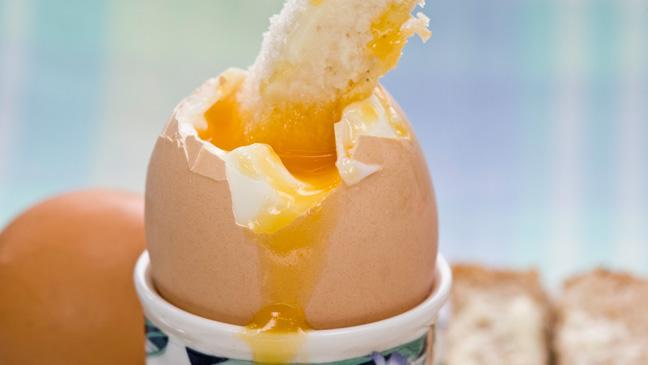
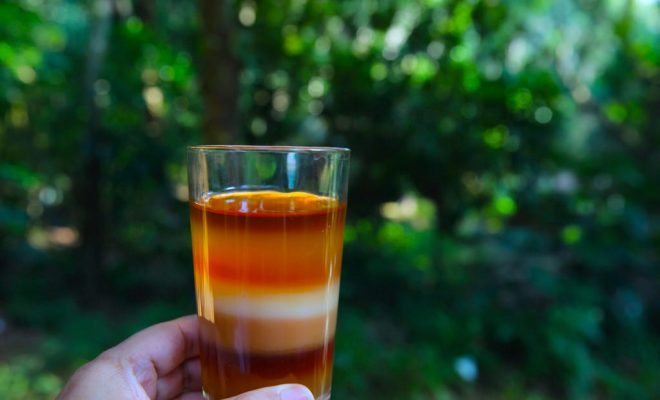
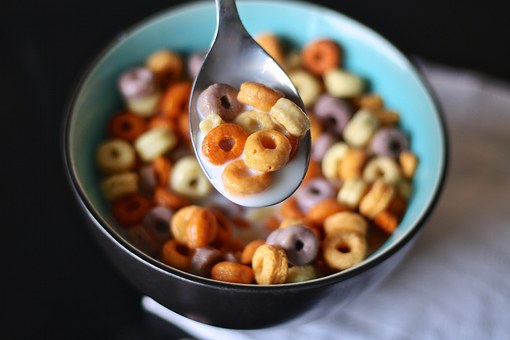
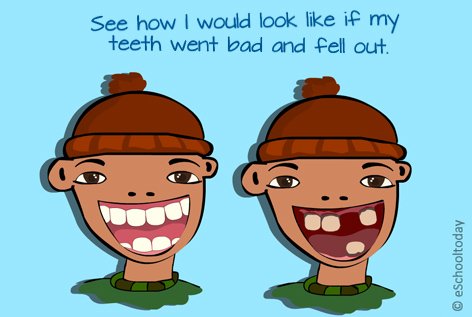

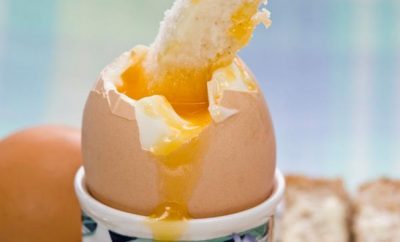
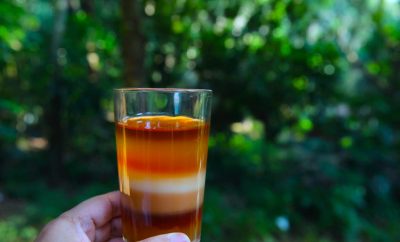



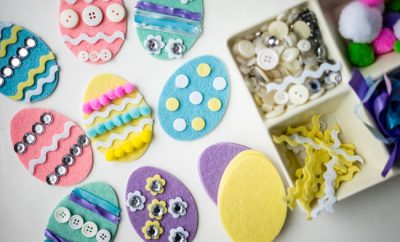

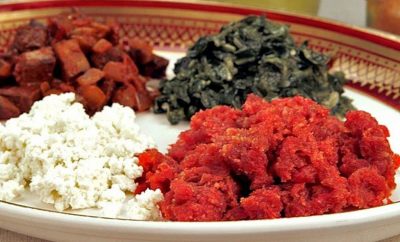

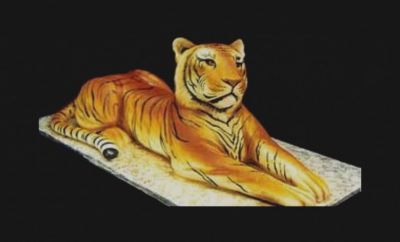
0 comments